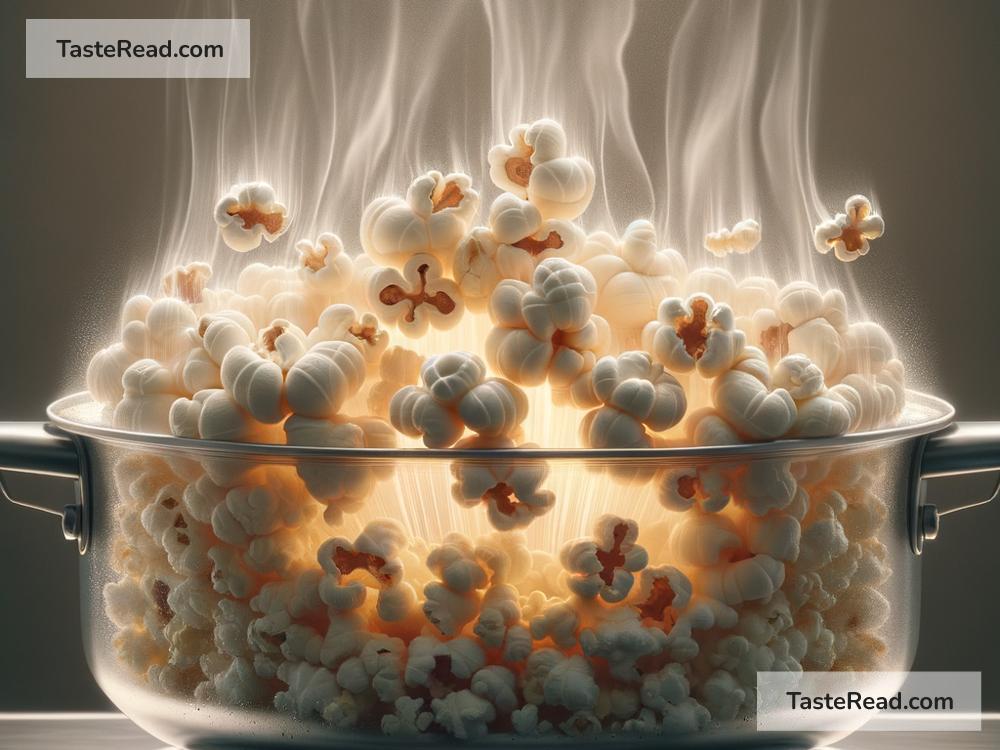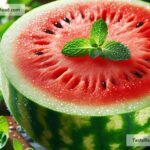The Surprising Science Behind Popcorn Expansion: A Simple Explanation
Popcorn is a beloved snack enjoyed by millions worldwide. Whether you’re watching a movie at home, hanging out with friends, or just craving something crunchy, popcorn never fails to deliver. But have you ever wondered what makes popcorn pop? Why does this humble kernel transform into soft, fluffy goodness when heated? The answer lies in some surprising and fascinating science. In this blog, let’s explore the story of popcorn expansion in simple terms.
What is Popcorn?
Popcorn comes from a special type of corn called Zea mays everta. Unlike regular corn, popcorn kernels have a unique structure that allows them to pop. Each kernel is made up of three main parts:
1. Pericarp (Hull): The hard outer shell that protects the kernel.
2. Endosperm: The starchy interior, which becomes fluffy when heated.
3. Germ: The part of the seed that holds essential nutrients and would sprout if planted.
What sets popcorn apart is its ability to trap water inside the kernel. This feature plays a key role in the “popping” process.
The Role of Water Inside the Kernel
Popcorn kernels contain a small amount of water—about 14–20% of their weight. This water is stored in the starchy endosperm, surrounded by the tough hull. At room temperature, the water sits in its liquid form, quietly waiting to be heated.
As you heat the kernels, the water inside begins to boil and turns into steam. At the same time, the starch softens and becomes gelatin-like. But unlike other foods, popcorn’s strong hull prevents the steam and starch from escaping. Instead, the pressure builds up inside, turning the kernel into a tiny steam-powered bomb. Pretty cool, right?
Why Does Popcorn Pop?
Let’s break down the science step by step:
-
Heat Activation: Popcorn kernels need to reach a temperature of around 180–200°C (356–392°F). Once this threshold is reached, the water inside starts boiling and becomes steam.
-
Pressure Build-Up: The steam inside the kernel creates intense pressure. Scientists estimate it can reach up to 9 times the pressure of air at sea level. Think of the kernel as a mini pressure cooker—it’s under a lot of stress!
-
Expansion Explosion: Eventually, the hull can no longer contain that pressure. At the breaking point, the hull bursts open, releasing the steam and starch all at once. The gooey starch quickly expands and cools into the crunchy, popcorn we love.
The Role of Starch and Temperature in the Process
So, what happens to the starch inside the kernel during popping? Starch molecules are like tiny balloons. When heated, they absorb water and expand in size. When the hull bursts, the starch rushes out, unfolding into a soft, airy structure. The rapid cooling causes it to set, giving the popcorn its familiar fluffy texture.
Temperature plays a critical role here. If the kernel doesn’t heat up enough, the water won’t turn into steam, and the popcorn won’t pop. On the other hand, if the kernel is overheated, it may burn before popping. That’s why popcorn experts suggest using a steady medium-high heat for perfectly popped kernels.
Why Does Every Kernel Not Pop?
Ever noticed those stubborn kernels that remain unpopped at the bottom of the bowl? They’re sometimes called “old maids,” and there’s a scientific reason behind their failure to pop. It usually comes down to two factors: moisture and hull integrity.
-
Too Little Moisture: If the kernel doesn’t have enough water inside (less than 14%), it won’t generate enough steam to create the necessary pressure for popping.
-
Weak Hull: Sometimes, the kernel’s outer shell is damaged or too thin to trap the steam. Without the pressure, there’s no explosion.
So, the perfect popping kernel needs just the right amount of water and a strong hull.
Fun Facts About Popcorn
Here are some mind-blowing popcorn facts to impress your friends:
- Popcorn has been around for more than 5,000 years! Archaeologists discovered popcorn in ancient caves where Native Americans lived.
- The largest popcorn ball ever made weighed over 9,000 pounds—a true snack lover’s dream.
- Popcorn is naturally low in calories and high in fiber, making it a healthier alternative to chips or cookies if you skip the buttery toppings.
- The popping sound you hear when popcorn bursts is because of the hull cracking and the starch expanding—a mini popcorn explosion!
Is Popcorn’s Science Useful?
Interestingly, the science of popcorn has practical applications beyond snacking. Researchers study popcorn to better understand materials under pressure or heat. Its bursting process provides insights into how other substances behave when subjected to high temperatures or sudden changes in pressure.
Additionally, companies use science to enhance popcorn production. For example, they breed popcorn plants to produce kernels with stronger hulls or higher moisture content for better popping results.
Conclusion
Next time you bite into a handful of popcorn, take a moment to appreciate the amazing science behind it. What seems like a simple snack is actually the result of a complex interplay between heat, pressure, water, and starch. From ancient caves to modern movie theaters, popcorn has been a source of wonder and joy for generations—and now you know why!
So, fire up your stovetop or microwave, pop some kernels, and marvel at the magical transformation happening right in front of your eyes. Science has never tasted so good!


